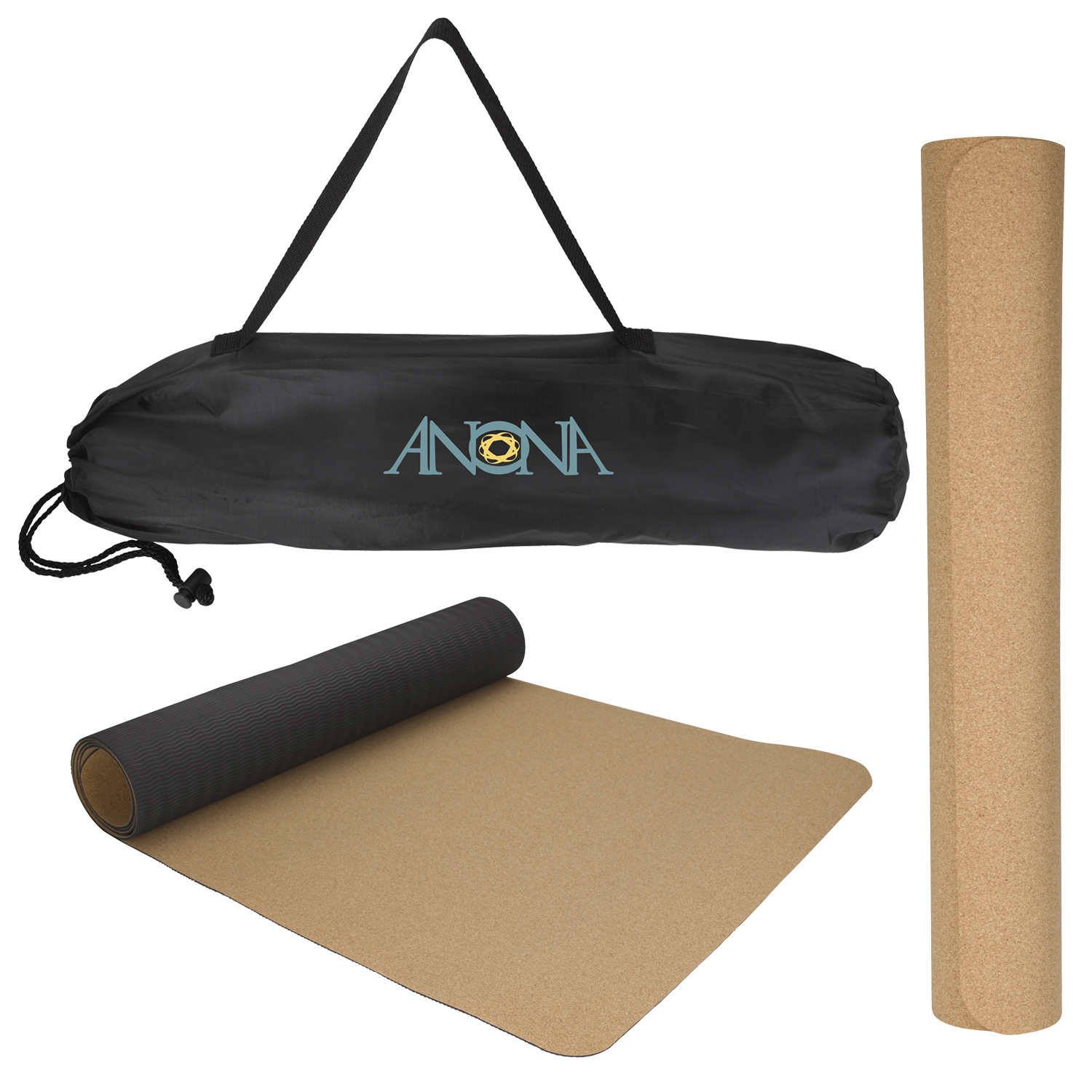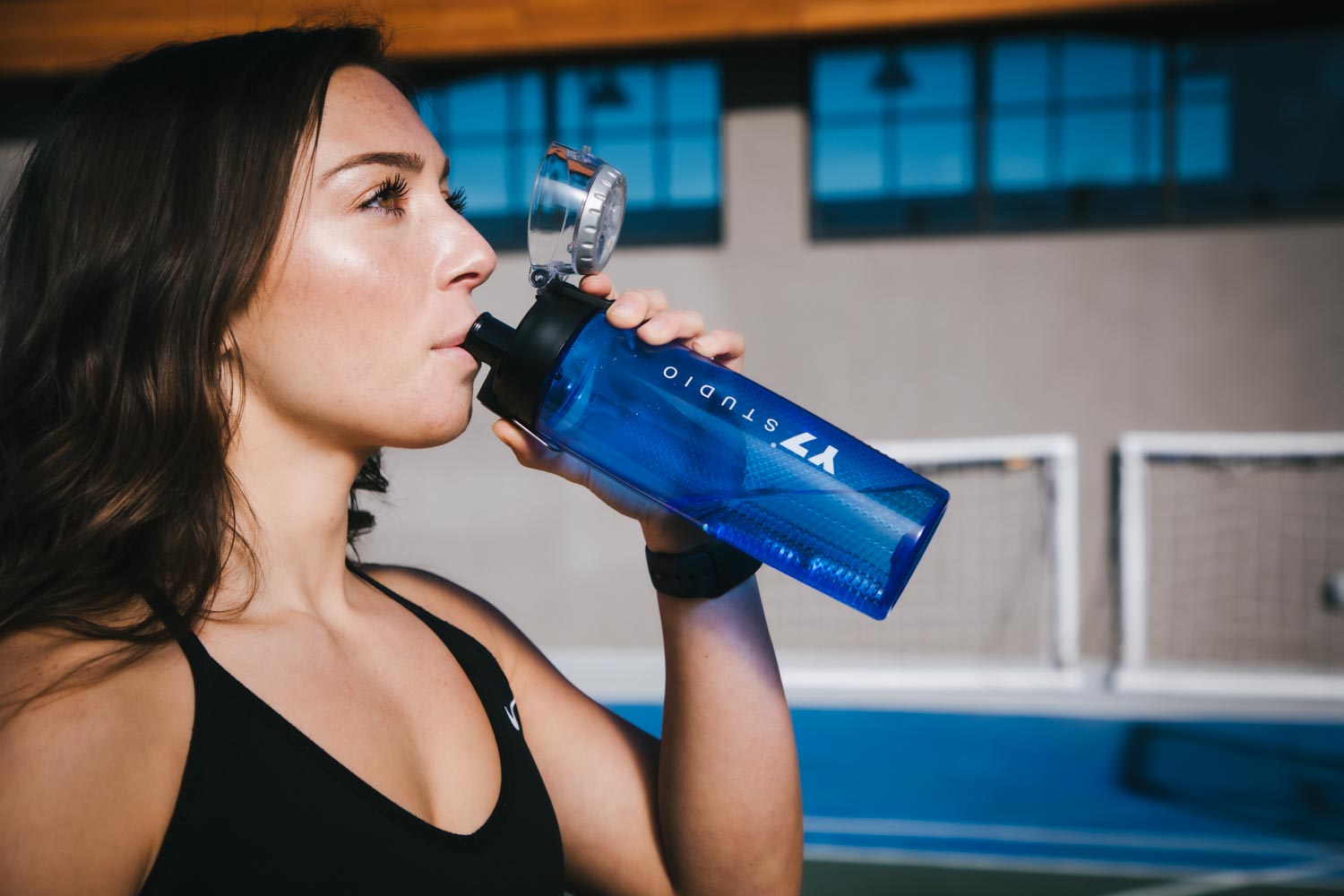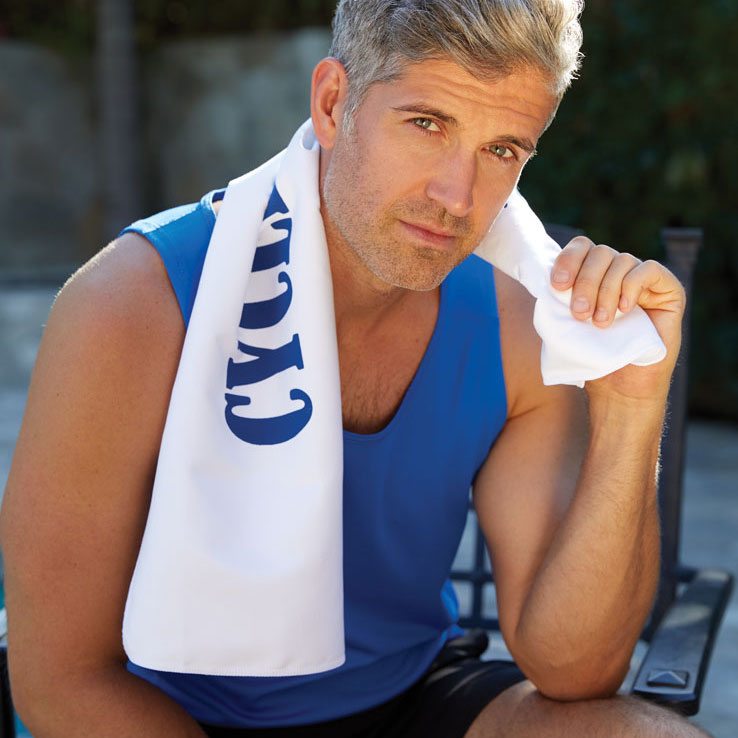When you hear the phrase “self-care,” what comes to mind? Maybe it’s sipping a piping cup of tea with a good book as the aroma of lavender fills the space around you. Or maybe it’s just one extra task you’re supposed to fit into an already busy schedule that includes work deadlines, meal prep and caring for your family. Both responses are valid. But despite our complicated relationship with the idea of self-care, it’s clear that people are talking about it. In fact, the hashtag #selfcare has 67.1 million public photos attached to it on Instagram — and that doesn’t begin to account for its many variations.
Over the last few years, self-care has become less about self-indulgence and more about self-preservation. The potential in the health and wellness market is huge for distributors right now, but it’s important to ditch the marketing spin and connect with customers in a meaningful way. That may require you to change your own opinions about self-care in the process.
Here are five practical ways (plus one bonus tip) to leave clients feeling recharged, while also giving them a positive brand experience.
1. Think of the Whole Picture
For Debbie Disparte, director of product management for Koozie Group, Clearwater, Florida, wellness isn’t limited to one’s physical health. It also has a mental and spiritual component. “Distributors should keep an open mind when a customer comes to them for products related to health, safety and fitness,” she says. “Knowing that wellness can be interpreted in many ways, presenting products not traditionally considered as part of this category might just be the ticket to a big sale.”

(888) 446-5242, www.kooziegroup.com
She cites pet owners as an example. Spending time outside with furry friends has been shown to lift moods and lower anxiety. So, an item that makes it easier to walk a dog could be considered a wellness item.
Brandon Brown, vice president of marketing for SnugZ USA, West Jordan, Utah, encourages distributors to seek out essential oil and spa products when approaching mental health. “These items can be used in this category to promote a healthy and clear mind,” he says.
2. Start Out Small
The road to better health can begin with something as simple as hydrating the body. The 24 oz. Thermos Hydration Bottle Made with Tritan and Rotating Intake Meter has been a popular seller for SnugZ USA. Its custom ergonomically designed grip and leak-proof push-button lid make it an attractive option, but the best part about it, Brown says, is users can track their daily water intake with the help of the rotating meter.

(888) 447-6840, www.snugzusa.com
“One of the coolest case studies was for a new 24-hour fitness store that was opening, and they wanted to encourage new membership sign-ups with an incentive and free gift,” he recalls. “Upon signing up for a new yearly membership, they would receive a Thermos hydration bottle and inside was a cooling towel and sanitizer pen. The products were beautifully designed for both the male and female audience, and provided the new member quality products they could use every time they came in for a workout.”
3. Be Considerate of Budgets
During the height of the pandemic, all efforts went into procuring masks, bandages and other PPE. Although demand has tapered off, some pandemic-inspired trends remain.
Stephanie Garland, marketing manager for Raining Rose Promos, Cedar Rapids, Iowa, says more people want personal care items that provide immediate results, compared to pre-COVID when that would’ve been viewed as a luxury. But keep in mind not all budgets are equal. Garland believes the company’s Hand Sanitizer Gel Pocket Bottle with Silicone Attachment is one way to bridge the needs.

(800) 481-3934, www.rainingrosepromos.com
“It comes in our most popular scent (and lip balm flavor), Iced Pear, and comes with a handy attachment case available in four different colors,” she says. “It’s made with 65% ethyl alcohol formula [and] is blended with aloe vera to prevent bacterial development without drying out hands. It’s effective, portable, smells amazing and priced right around the $2 mark, making it affordable for all budgets.”
4. Reimagine Traditional Fitness Workouts
As COVID restrictions began to ease, people headed back to the gym — but not everyone. This is because the pandemic taught us that we don’t have to travel to get a satisfying workout.
“Home gyms and equipment spiked in necessity and now have become the norm,” Brown says. “More people exercise outside rather than running on a treadmill. Yoga can be done in your basement. And with that, promotional products have their place both at home and in the gym.”

(800) 547-8783, www.protowels.com
Chris Johnson, marketing coordinator for Pro Towels, Abbeville, South Carolina, says that with the increase in outdoor activities, cooling towels have been a great solution for the fitness market during the summer months.
“Designed to provide a frosty chill even after repeated use, [our] remarkable cooling towel is made from a high-performance fabric that cools quickly when moistened with water or sweat,” she explains. “Simply wring out and snap the towel in the air to activate its long-lasting cooling properties.”
5. Loop in Other Markets
Disparte points out that many verticals, including manufacturing and construction, have formal safety and wellness programs that distributors can leverage. These types of programs, she says, usually offer incentives or rewards for meeting team and individual goals — a perfect way to introduce branded merchandise. It reminds Disparte of a distributor partner who found a similar opportunity with a client that owned a network of steel mills. One of its locations had reached a year with no lost time due to accidents, so leadership wanted to express their appreciation with a retail-branded item that would appeal to a diverse employee base.
“The company recognized our new brand partner, GCI Outdoor, from a retail setting, and they knew that the rocking chairs were popular,” Disparte shares. “They opted for the GCI Outdoor Kickback Rocker, knowing that their employees could use the chairs at sporting events, camping, tailgating or even just relaxing in their backyard. Because we have invested in a high inventory position on these chairs (to avoid any supply chain issues) and expanded capacity in our Red Wing, Minnesota, facility to imprint them, this large order went off without a hitch.”
*BONUS TIP*: It may seem obvious but knowing your customers and their goals before meeting with them can make a huge difference. Working with trustworthy suppliers is the best way to learn about the nuances of the wellness movement. “A small boutique resort may not benefit from the same types of health and wellness products as a hotel chain,” Garland cautions. “Leaning on suppliers that can help you curate a collection of products for specific markets is a huge asset.”



